Implicit Measures of Receptive Vocabulary Knowledge in Individuals With Level 3 Autism
- PMID: 31136313
- PMCID: PMC6587232
- DOI: 10.1097/WNN.0000000000000194
Implicit Measures of Receptive Vocabulary Knowledge in Individuals With Level 3 Autism
Abstract
Implicit measures of cognition are essential for assessing knowledge in people with Level 3 autism because such individuals are often unable to make reliable overt behavioral responses. In this study, we investigated whether three implicit measures-eye movement (EM) monitoring, pupillary dilation (PD), and event-related potentials (ERPs)-can be used to reliably estimate vocabulary knowledge in individuals with Level 3 autism. Five adults with Level 3 autism were tested in a repeated-measures design with two tasks. High-frequency 'known' words (eg, bus, airplane) and low-frequency 'unknown' words (eg, ackee, cherimoya) were presented in a visual world task (during which EM and PD data were collected) and a picture-word congruity task (during which ERP data were collected). Using a case-study approach with single-subject analyses, we found that these implicit measures have the potential to provide estimates of receptive vocabulary knowledge in individuals with Level 3 autism. Participants differed with respect to which measures were the most sensitive and which variables best predicted vocabulary knowledge. These implicit measures may be useful to assess language abilities in individuals with Level 3 autism, but their use should be tailored to each individual.
Conflict of interest statement
The authors declare no conflicts of interest.
Figures


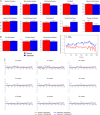

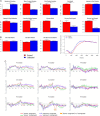
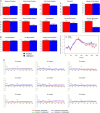
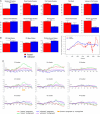
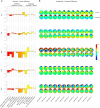
References
-
- American Psychiatric Association. 2013. Diagnostic and Statistical Manual of Mental Disorders, Fifth Edition: DSM–5 Washington, DC: American Psychiatric Association.
-
- Applied Science Laboratories. 2009. ASL Results [Computer Software]. Bedford, Massachusetts: Applied Science Laboratories.
-
- Bavin EL, Kidd E, Prendergast L, et al. 2014. Severity of autism is related to children’s language processing. Autism Res. 7:687–694. - PubMed

